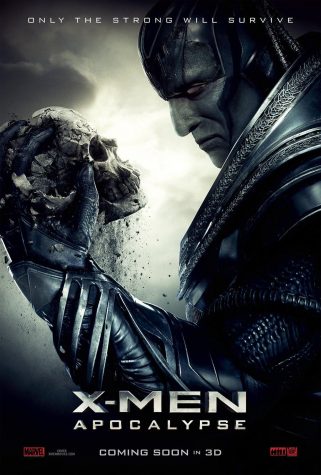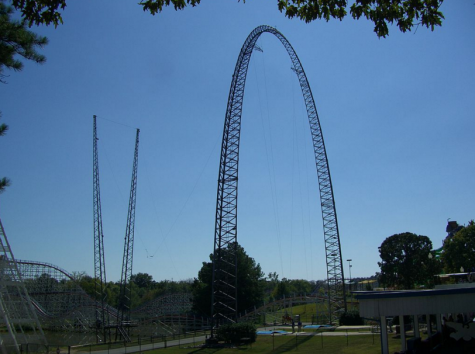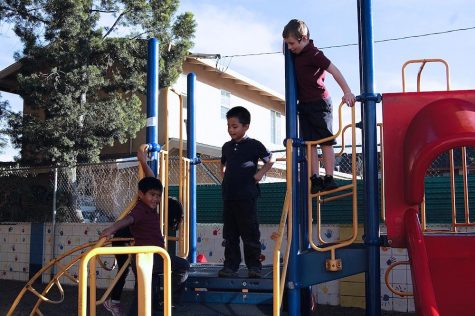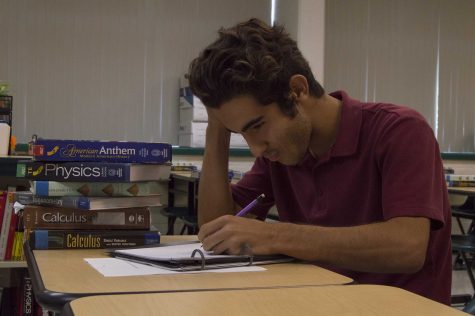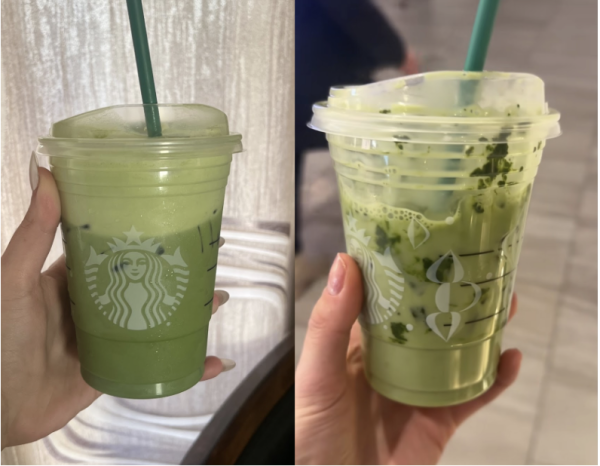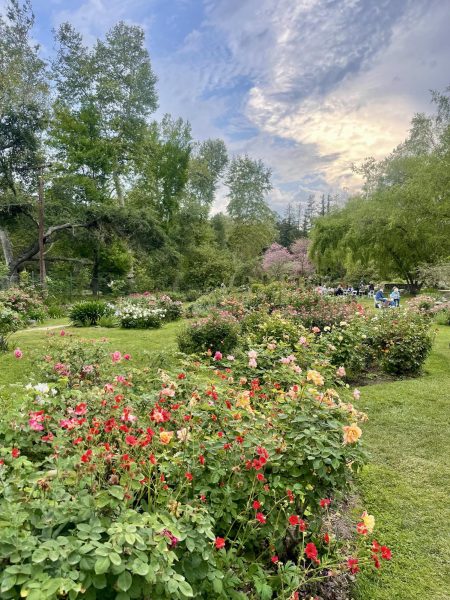Drought prevention is too late

Drought has become one of the, if not the most, important problems California has to face. The state of California is in its fourth consecutive year of drought. According to a report published by the City of Glendale, California experienced its driest year in 2013 and its driest in 2014.
Phase III of Glendale’s Mandatory Water Conservation plan was approved by the City Council on April 28, which states that landscapes can only be watered for ten minutes on Tuesdays and Saturdays. This is in response to Gov. Brown’s issuing of an Executive Order on April 1, mandating that mandatory water reductions be implemented to reduce statewide water usage by 25 percent.
While this is quite an interesting attempt, it’s not effective because most Glendalians will still go forth and water their plants. If it’s not watering plants, people will still wash cars or clean the street with their personal hoses. It’s almost like the idea of a “drought” and “conserving water” are foreign to most residents.
Glendale residents are also being offered $2 per square foot by replacing their water-consuming grass with drought-plants. Ironically, according to a recent news story by ABC7, one Glendale woman got rid of her front lawn in response to the drought. She planned on installing artificial turf, until her contractor warned her that she could be given a $1000 fine, as Glendale prohibits the use of fake grass on front lawns.
Really, Glendale? Stomping on someone’s brilliant idea to maintain some sort of lawn, that uses NO water because of an aesthetic issue? People’s rebellion against the mandatory water conservation plan is one thing, but the city disallowing effective measures initiated by residents is just crazy.
 In San Juan Capistrano, tiered pricing with the intent to reduce water use has been ruled as unconstitutional. The pricing charged high-usage customers more than customers who used less water. This practice violates the voter-approved law that government agencies cannot charge more than the value of a service.
In San Juan Capistrano, tiered pricing with the intent to reduce water use has been ruled as unconstitutional. The pricing charged high-usage customers more than customers who used less water. This practice violates the voter-approved law that government agencies cannot charge more than the value of a service.
Of course, though, the Constitution is the law of the land. Where does the line of what’s good and what’s lawful get crossed? It seems like in this day and age, this is one law that should get broken — the evidence is in Riverside! They conducted a that showed that it led to a gradual 15 percent drop in water usage.
On the other hand, an example of extreme water wasting would be the ALS Ice Bucket Challenge. This was a trend last summer. Participants would dump gallons and gallons of ice water on their heads to raise money for ALS research. The cause is worthy and noble, but the use of water is extremely wasteful, especially in California, which is still in a drought.
Acting as if we can prevent the drought is more detrimental than it is beneficial. We are already in a drought. Perhaps if we had enacted these water-conserving rules earlier, the drought would not be as bad as it is now. The best thing Californians can do is to watch their water consumption to the best of their abilities and hope for rain.
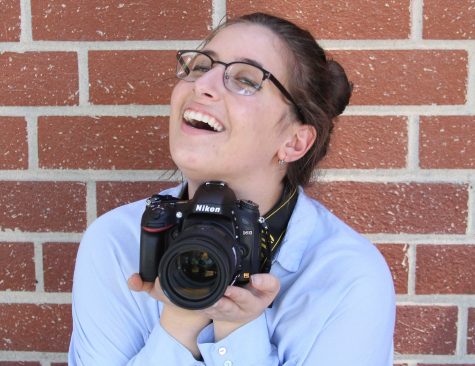
INTERESTS/HOBBIES: Avoiding all responsibilities and collecting religious figurines
EXTRACURRICULAR ACTIVITIES: Eating, sleeping and drifting in my...



